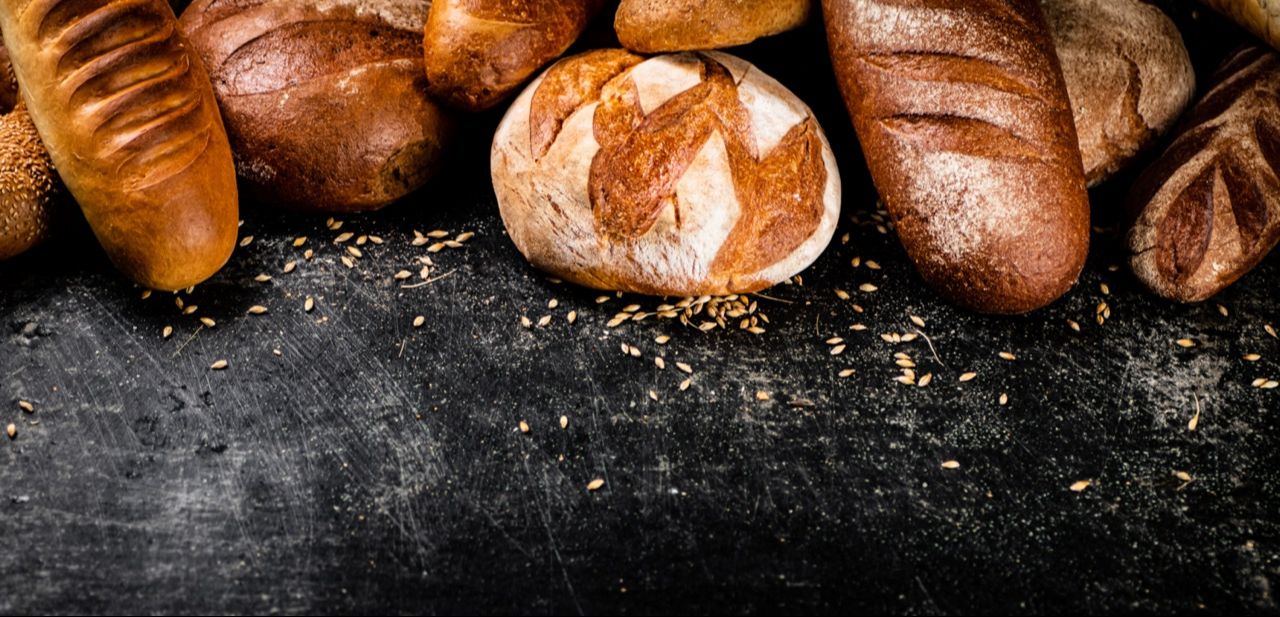Practicing misery or practicing joy

A wise coach (who happens to be my uncle) shared a lesson with me yesterday that his dad taught him back in his teen years: "We don't have to practice misery." The example he gave was, "When you hit your thumb with a hammer, you feel miserable. You don't have to keep hitting your thumb."
In other words, we can choose what we practice, and it doesn't have to be misery.
My piano teacher growing up used to say, "Practice makes permanent." If I practiced a piece while ignoring the dynamics or playing the wrong notes, that's how I'd end up playing it. Why? Because those were the pathways that had formed in my brain.
If we practice misery, the same thing happens. Those pathways form and deepen, and we get so good at it that it becomes our default. We don't even have to think about misery anymore; we automatically go there and masterfully execute what we've practiced.
Likewise, if we practice joy during both times of ease and times of struggle, we train ourselves to be open to joy.
This doesn't mean we should ignore feelings of sadness, anger, and pain. Like the hammer on the thumb, these things happen as a result of being human (and being around other humans). Finding joy while you're dealing with a smashed thumb is really hard to do. This isn't the goal. The goal is to practice moving through the pain, into a place where healing can happen, instead of staying in the pain by reliving the miserable part.
Joy is that place of healing.
And it's not some far away destination that only a few have access to.
It's actually all around us, just like light.
If I cover my widows with blackout curtains during the day and only ever go outside at night, I might start thinking that something happened to the sun. I really just need to open myself up to it, again and again.
Practice makes permanent. Let's choose to practice healing. Let's choose to practice joy.

